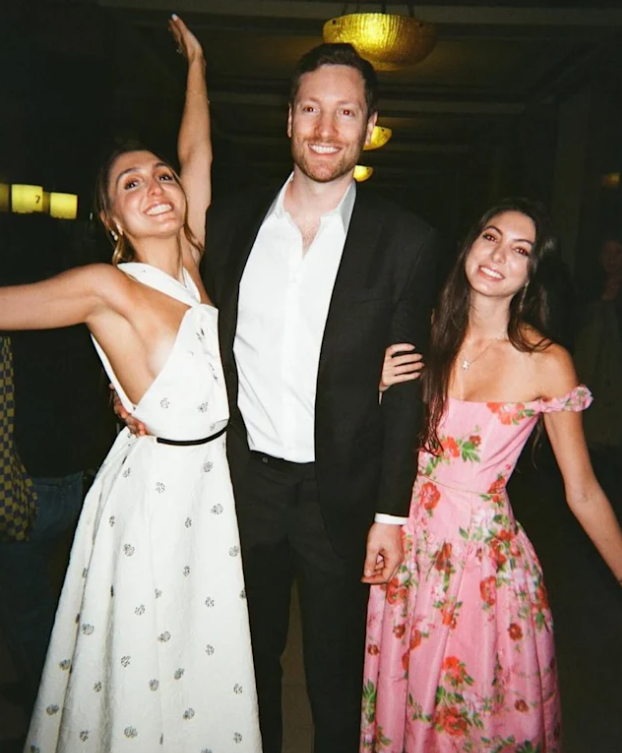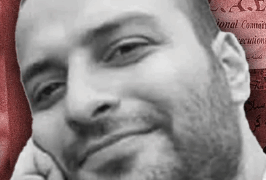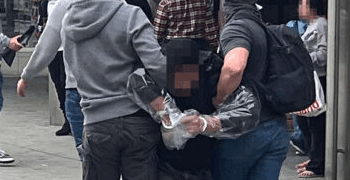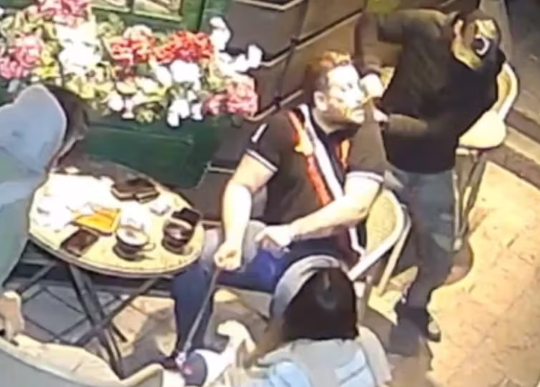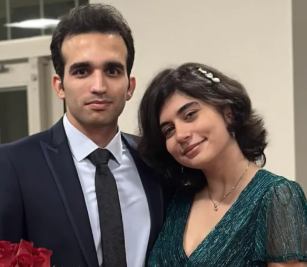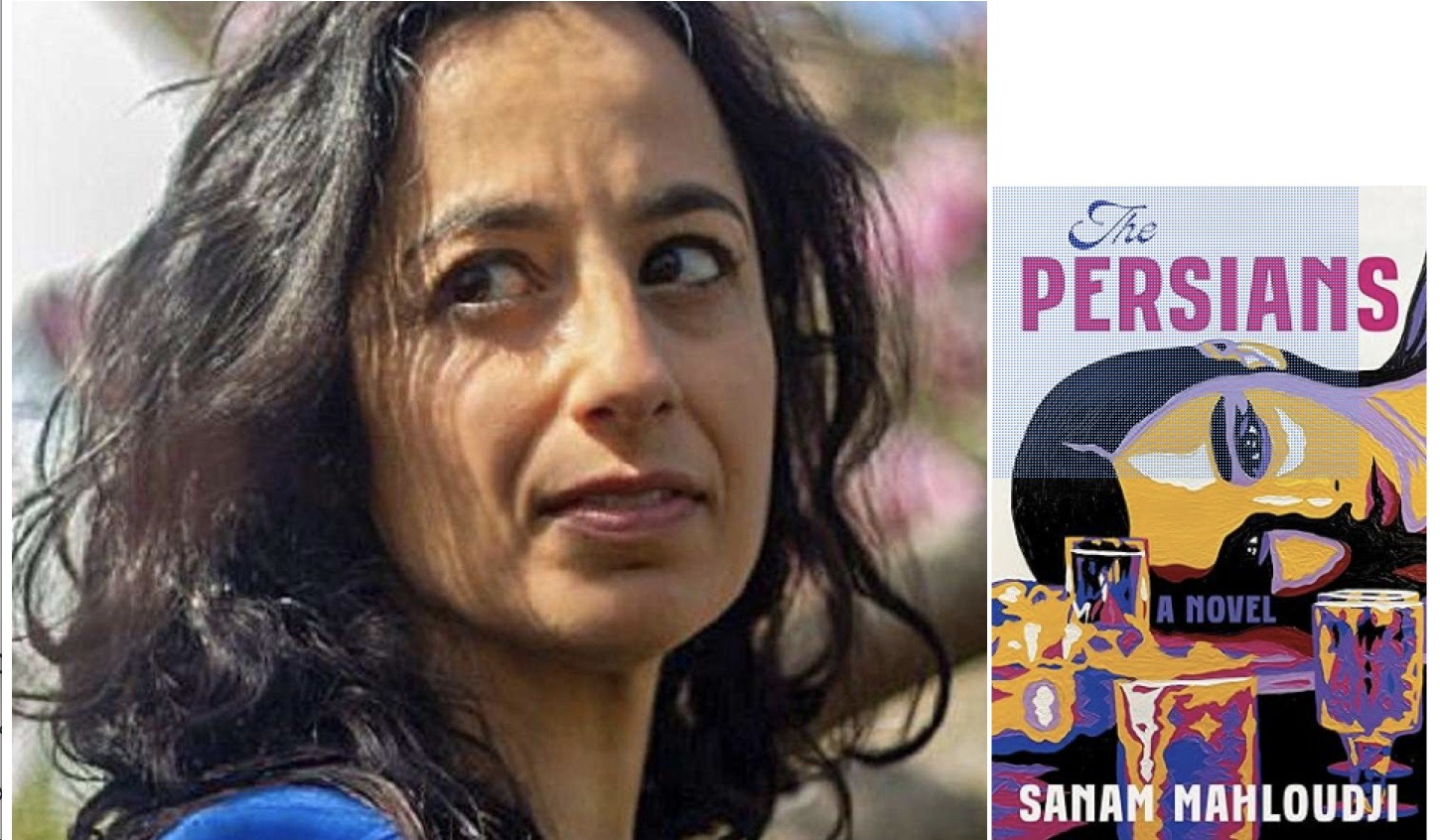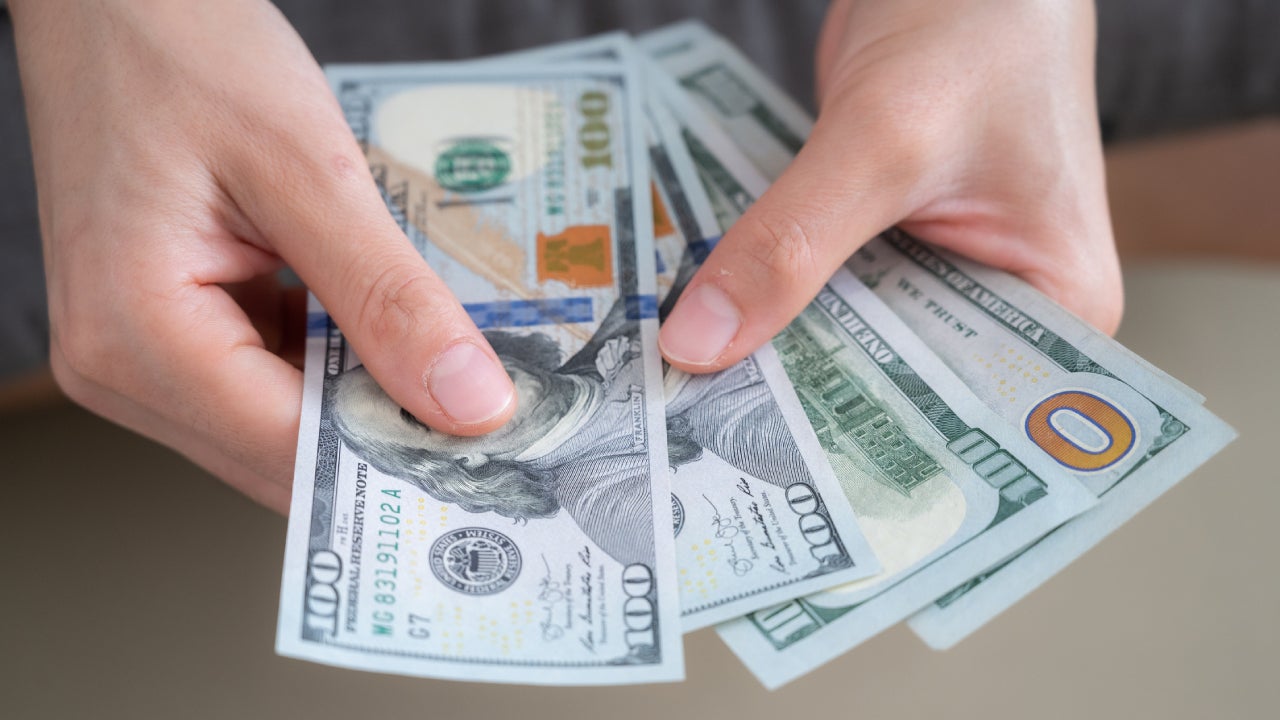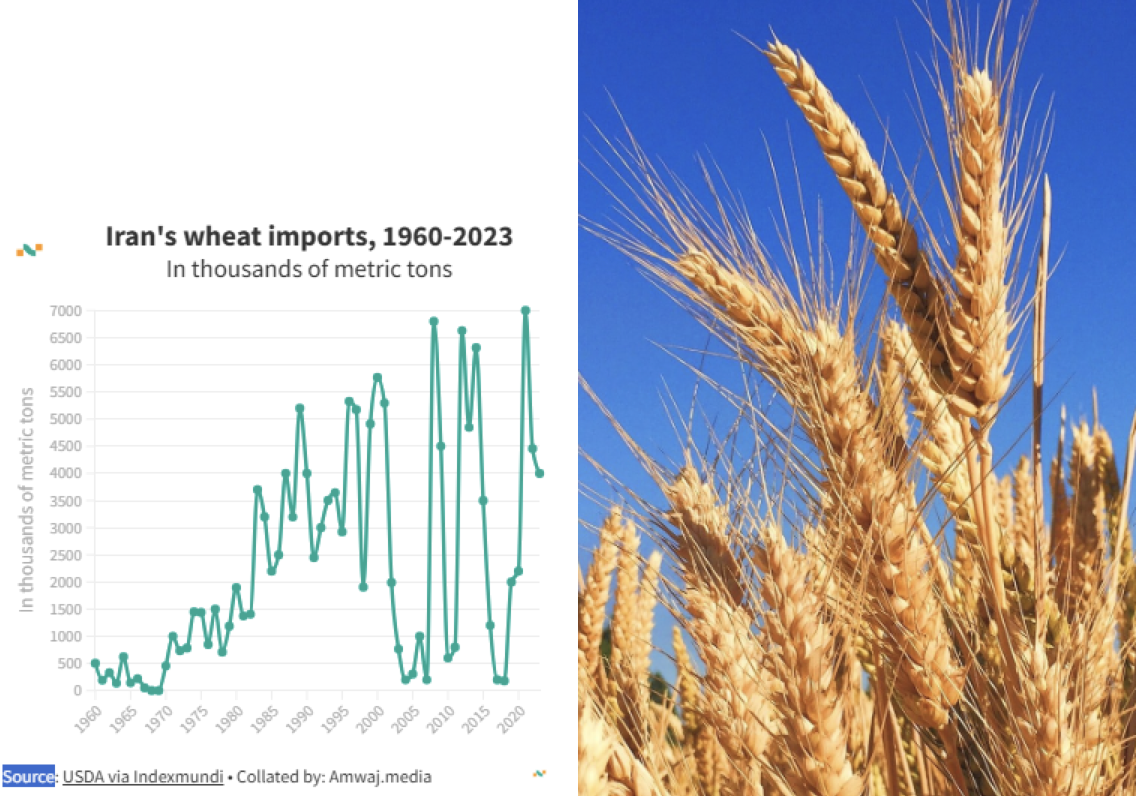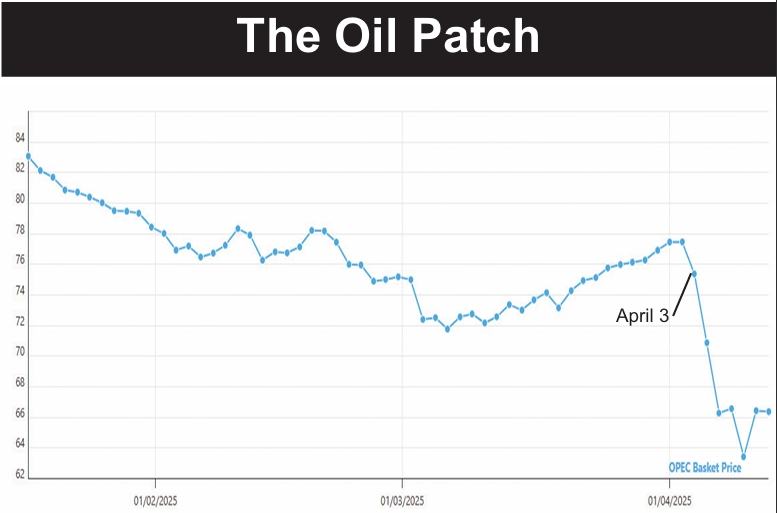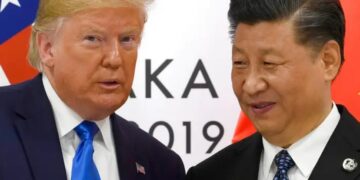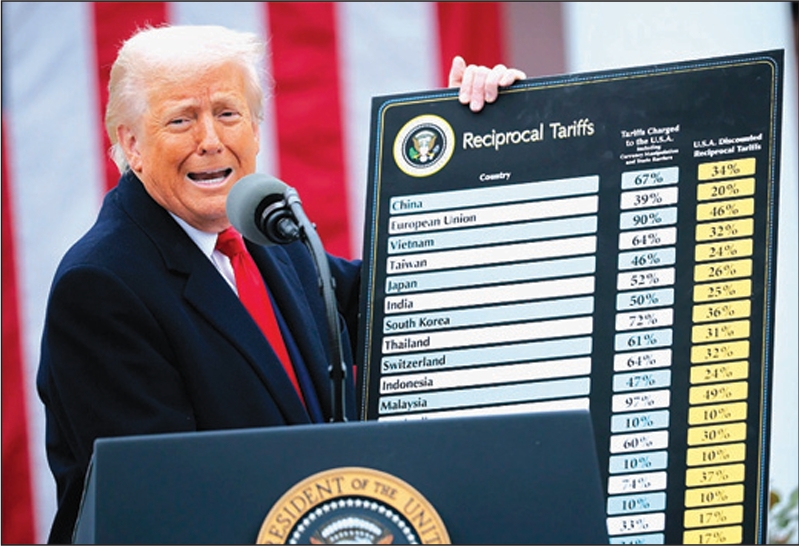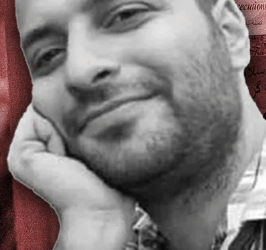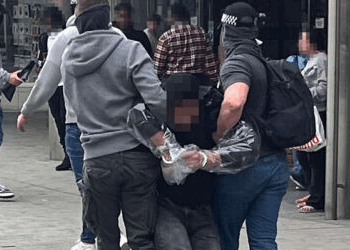and a short film about government censorship, is her most political work yet.
The exhibition, hosted by the Gladstone Gallery at 515 West 24th Street in Manhattan, drew hundreds to its opening night January 12. The exhibit runs through February 11.
Afterward, Neshat told Radio Farda that she saw the work as her own reflection on and contribution to the wave of popular uprisings that have swept through the Middle East and North Africa this past year.
“As metaphoric as it is, this is I think the most directly political work I have done,” she said.
The photographic series is broken up into three sections: “The Masses,” “The Patriots” and “The Villains.”
“The Masses”—those affected by oppression, protests, and civil unrest—are portrayed through dozens of portraits that fill a wall. Neshat described their facial expressions as overwhelmed with worry, anxiety, and sadness.
“The Patriots” features a row of larger portraits of people standing with hands over their hearts, which Neshat said was a symbol of allegiance to country, as well as an expression of pride, dignity, fearlessness, commitment and defiance.
“The Villains,” three bare-chested men, hold their hands either behind them or in front of them. Neshat described their expressions as exuding “confidence and total control.”
All of the photos are inscribed with intricate calligraphy, taken both from the Shahnameh and from contemporary Iranian poets.
Neshat left Iran in 1974 for the United States, where she studied art. She has since earned an international reputation as a filmmaker and photographer, frequently taking up Islam and women as subjects of her work.
“Every work that I have made, in one way or another, encounters the question of politics,” she said, “being [that I am] Iranian, being someone who is living in exile, being someone whose life is very much affected every day with the course of events in the world, in terms of the relationship between the US and Iran.”

